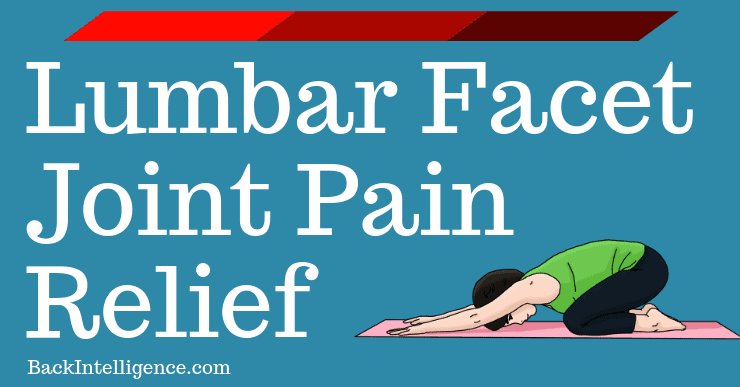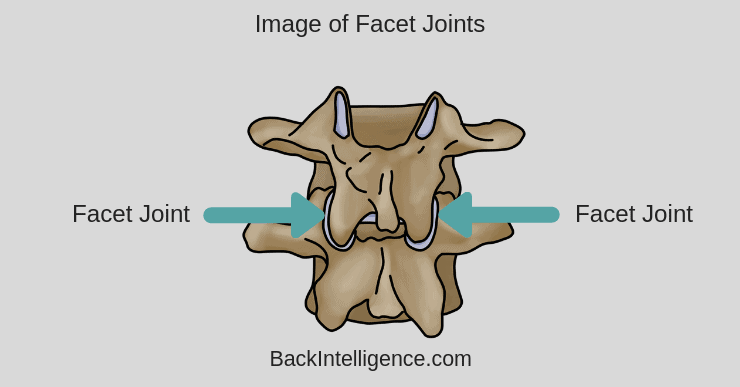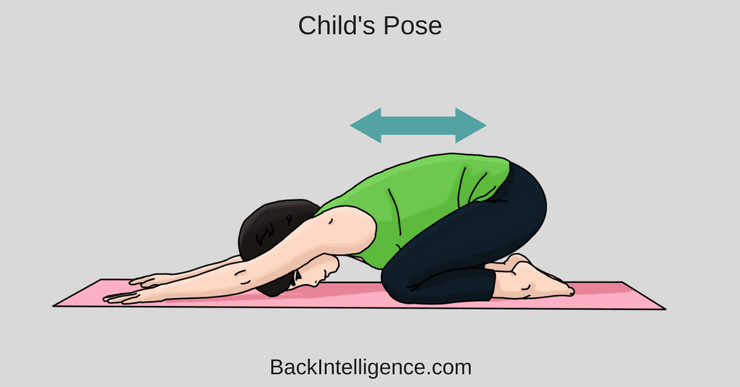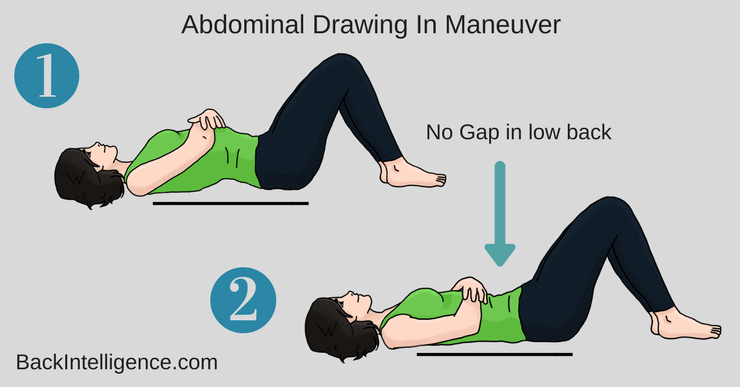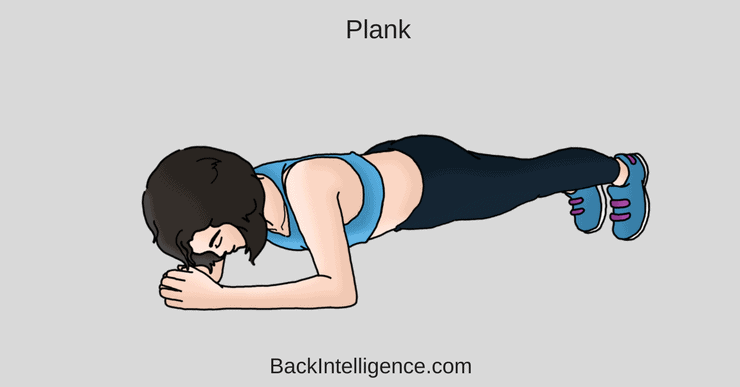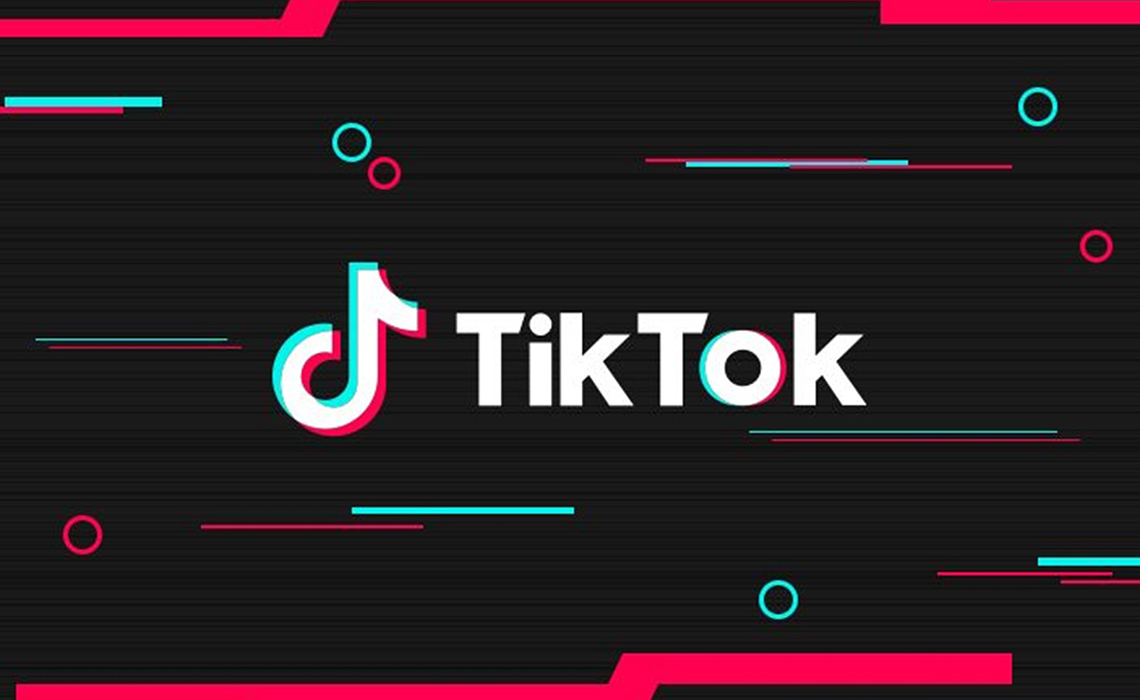YouTube stars are today’s self-made celebrities—people who have earned an audience by creating content geared toward teaching, entertaining, reviewing, and being awesome on the internet.

Most of these small-screen celebs do what they do just to do it, to scratch an itch for creating things and being in front of an audience.
Making money might not be your reason for starting a YouTube channel, but the opportunities to earn are a pleasant surprise once you realize how many of them there are.
Who makes the most money on YouTube?
According to Forbes, these 10 channels were the top earners on YouTube from June 2017 to June 2018:
Ryan's World, $22 million (22.4 million subscribers)
Jake Paul, $21.5 million (19.7 million subscribers)
Dude Perfect, $20 million (47.1 million subscribers)
DanTDM, $18.5 million (22.3 million subscribers)
Jeffree Star, $18 million (16.5 million subscribers)
Markiplier, $17.5 million (24.5 million subscribers)
VanossGaming, $17 million (24.9 million subscribers)
Jacksepticeye, $16 million (23 million subscribers
PewDiePie, $15.5 million (102 million subscribers)
Logan Paul, $14.5 million (19.9 million subscribers)
This list might leave you with a lot of questions about how these YouTube stars earned their fortunes. Let’s explore some of those questions.
Do you get paid for uploading videos on YouTube?
Content creators aren’t paid by YouTube for the videos they upload. Neither are videos monetized by default. For you to start making money on YouTube, you have to enable monetization in your YouTube account settings. From there, you have options to join the YouTube Partners Program or have your videos listed on YouTube Premium.
How do you make money from YouTube?
There are a few takeaways from Forbes’ list, putting aside the millions of dollars made and subscribers gained.
First, YouTube channels can be monetized even if they don’t have millions of subscribers. Your earning potential isn’t determined solely by the number of subscribers and views you have, but also by the level of engagement you generate, the niche you cater to, and the revenue channels you explore. That’s not to say subscriber count doesn’t matter
Second, this list of top 10 earners might give you the impression that the millions of dollars made comes directly from YouTube. In fact, each of these channels has its own line of merchandise. These channels found and built their audiences first, before launching their own merchandise. If making money on YouTube is in your marketing plan, the first step is the same for everybody: have a clear understanding of your target audience.
![]()
Video marketing is a powerful tool you can’t afford to ignore. Get a crash course with our free, curated list of high-impact articles.Get the free reading list
Who’s going to watch your YouTube channel?
Building your own audience puts you in a great position to monetize content in a variety of ways. But you’ll only be able to take full advantage of the opportunities you have if you understand the makeup of your audience.
For many YouTubers looking to monetize, the more niche your channel, the better position you’ll be in to work with brands looking to target specific audiences (more on that later).

You'll want to pay close attention to:
The gender of your audience, to see if its skews toward one particular group.
The age range most of your audience falls into.
The geographic location—countries or cities—where your videos are being watched.
Your audience’s overall engagement, or “watch time.”
With this demographic information at hand, you’ll have a better understanding of your own audience and be able to work better with brands. All demographic insight can be pulled from your YouTube analytics, but to compare your own channel against others try a tool like Social Blade.
With that out of the way, we can start talking about the different ways your YouTube channel can make money.
How to make money on YouTube
Like learning how to make money on Instagram or via blogging, your audience might unlock your YouTube channel’s earning potential. But when you create multiple revenue streams, through side side hustles or businesses, it's easier to monetize.
Luckily, there are several ways to accomplish this—let's take a deeper look at each of these streams.
Become a YouTube Partner and earn money from ads.
Sell products or merchandise.
Crowdfund your next creative project.
Let your audience support your work through “fan funding.”
License your content to the media.
Work with brands as an influencer or affiliate.
On this episode of Shopify Masters, co-founders Patrick and Lewis from Patrick Adair Designs share the exact strategy they used to create and promote a YouTube video that earned a million views. Press play to hear their story and subscribe for weekly episodes.
1. Join the YouTube Partner Program and earn money from ads
The first revenue stream you’ll likely explore is ads. Whether you want to earn money on YouTube without creating videos or as a content creator, joining the YouTube Partners Program and setting up monetization is a vital step. You can apply for monetization once you’ve hit 1,000 subscribers and 4,000 watch hours over the past year.
How to enable monetization on YouTube
Sign in to the YouTube account you want to monetize.
Click the icon for your account in the top right corner.
Click YouTube Studio.
In the left menu, select Other Features > Monetization.
Read and agree to the YouTuber Partner Program terms.
Create a new AdSense account or connect an existing one to your channel. (You need an AdSense account to get paid.)
Set your monetization preferences.
Once that’s done, head back to the dashboard and click the Analytics tab on the left side. From there, you’ll need to choose Revenue from the tabs at the top, then scroll down to the chart Monthly Estimated Revenue to get an idea of your predicted revenue.
How many views do you need to make money?
The number of views you get doesn’t correlate to revenue earned. If your video gets thousands of views but no one watches or clicks the ad, you won’t make any money. This is because of YouTube’s criteria for billing advertisers: a viewer must click an ad or watch the ad in full (10, 15, or 30 seconds) for you to get paid.
However, with the release of YouTube Premium, you no longer need to rely on advertisers to create engaging or enticing ads to earn revenue.
Check out YouTube Premium
YouTube Premium is a paid membership program that allows fans to watch and support their favorite content creators without ads. For creators, not much changes, as they will get paid for content consumed by non-members on YouTube along with content on YouTube Premium.
Creators are paid for YouTube Premium based on how much members watch their content. Consider revenue earned from YouTube Premium as a secondary revenue stream in addition to what you’re already earning through ads.
While it’s easy to set up, earning money through advertising as a YouTube Partner is far from the most lucrative revenue stream you can create for yourself.
Why you should look beyond ads for revenue
YouTube recently received a lot of backlash due to its decision to be more transparent about advertising on the platform and what qualifies as “advertiser friendly” content. Essentially, many creators feared that, due to the nature of their content, they would lose out on the ad revenue that helps support their channel.
According to YouTube, your content could get excluded from ad revenue if it includes:
Sexually suggestive content, including partial nudity and sexual humor
Violence, including displays of serious injury and events related to violent extremism
Inappropriate language, including harassment, profanity, and vulgar language
Promotion of drugs and regulated substances, including selling, use, and abuse of such items
Controversial or sensitive subjects and events, including subjects related to war, political conflicts, natural disasters, and tragedies, even if graphic imagery is not shown
But the reality is that YouTube has been demonetizing content that it doesn’t deem advertiser-friendly since 2012 via an automated process, without warning and without the content creator’s knowledge.
Now, the situation is actually better, as creators are notified when their content is flagged and can contest any time they feel a video was mistakenly excluded from YouTube’s advertising network.
Advertising might be a common means of generating passive income for creators, but the trade-off is that YouTube gets to keep around a 45% share of ad revenue.
In short, YouTubers should explore other revenue streams to sustain their creative hobby.
Below, we’ll share how to earn money from YouTube without AdSense.
2. Sell products or merchandise
There are plenty of products to sell that can help you make money through your YouTube channel. Selling merchandise—t-shirts, coffee mugs, tote bags, snapbacks, you name it—has a benefit beyond revenue.
Merchandise increases your exposure by putting your online brand and personality out into the offline world and deepens the relationship between you and your fans as they literally “buy” into what you're doing.

Roman Atwood sells a variety of merchandise in his store under his Smile More brand.
Selling branded swag is easier than it might seem at first.
You can order affordable designs tailored for specific products, like t-shirts, using freelance sites such as Fiverr.
And when it comes to handling orders, you can integrate your store with services such as Oberlo or one of the many print-on-demand providers that take care of shipping, fulfillment, and customer support, letting you reap all of the benefits of a dropshipping business that demands less effort on your part.
How to Quickly Start a T-Shirt Store
Learn how to sell t-shirts without worrying about design, inventory or shipping.
Alternatively, you can partner with an existing merchandising network for creators, such as DFTBA (Don’t Forget to Be Awesome). However, you’ll be competing with other YouTubers and have less control over adding products, offering discounts, integrating your content, and all the advantages that come with owning your own ecommerce site.
You can even go a step further by manufacturing and selling your own unique products and powering your business through your YouTube channel, like Luxy Hair did to sell its hair extensions with hair-related how-to video tutorials.
As a YouTuber who’s already earned an audience, you’ll have two advantages from the start that other store owners would be jealous of:
A content engine that consistently drives traffic to your store.
Your audience's trust, which you've earned by regularly serving them your own brand of content for free.
3. Crowdfund your next creative project
When money is all that stands between an idea and its execution, crowdfunding is a good way to make it happen.
Whether you need help buying better equipment, hiring actors, or covering other production costs, you can call upon your own audience and the crowdfunding community to pitch in if your idea is compelling enough.
Many successful crowdfunded creative projects tend to offer a sneak peak or “trailer” that gets people excited, so consider shooting a video explaining your project or offering a taste of what it'll be like, such as this popular Kickstarter for Kung Fury, a short film paying homage to ’80s action movies.

Popular crowdfunding sites with a proven track record of campaigns from YouTubers include:
Kickstarter: One of the most well-known crowdfunding sites, great for funding cool products and creative projects. Be sure to set an attainable funding goal because you’ll only secure it if you actually meet the goal you set.
Indiegogo: A Kickstarter alternative that offers more flexible funding options.
4. Let your audience support your work through “fan funding”
Similar to crowdfunding a project, you can also set up “fan funding” streams to source donations from your audience.
As a creator, you’re contributing your voice to the internet without forcing your audience to pay for admission. So, if you’re offering good content, your audience might be inclined to support you on an ongoing basis.
Many fan funding platforms offer creators another place for people to discover their content and a way to engage their most loyal audience and reward them for their support.
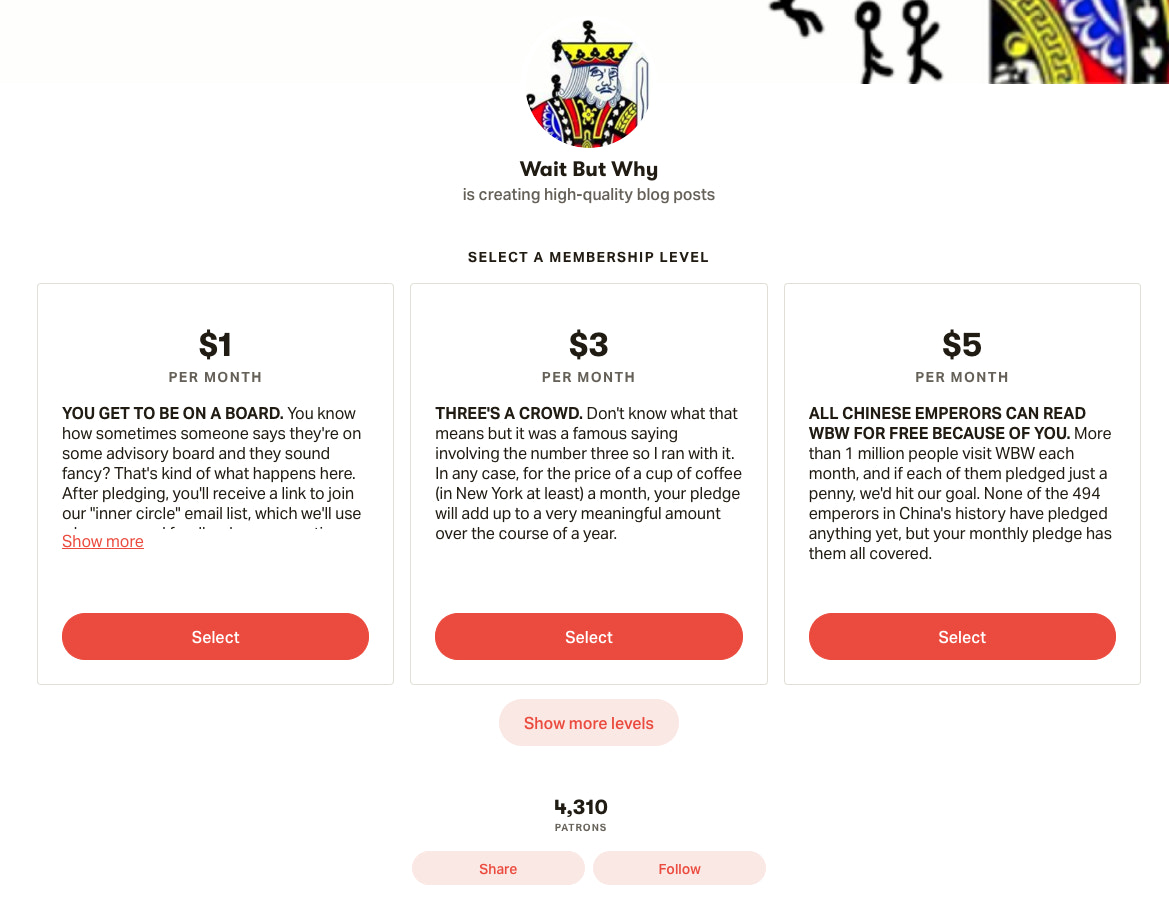
Wait But Why creates more long-form written content than YouTube videos, but is a great example of receiving support from the Patreon community.
If you choose the crowdfunding route, be sure to follow a couple of best practices. First, create transparency around how the money will be spent. This will get your fanbase invested in your story or mission, and they will literally buy into the value of your content. Second, offer enticing rewards for better pledges. The more you can make donors feel like they’re getting something exclusive for being a loyal fan, the more likely you are to get donations and higher pledges.
Some popular fan funding options include:
YouTube’s Super Chat: Super Chat is a feature used when going live on YouTube. It lets you create a tipping jar for your viewers to donate whenever and however much they feel like contributing. You’ll need to set up your YouTube account for advertising as outlined above.
Patreon: The membership platform that makes it easy for creators to get paid. Fans can subscribe to their favorite creators for as little as a dollar a month and receive exclusive rewards.
Tipeee: Lets you get a combination of both one-off and recurring donations
5. License your content to the media
If you happen to create a viral video with mass appeal—say, a funny clip featuring your dog—you can license your content in exchange for money.
TV news outlets, morning shows, online news sites, and other creators might reach out about rights to use your videos if they happen to go viral.
You can also list your videos in a marketplace, such as Juken Media, where your content will be easier for the right people to find and purchase.

When this video of a woman wearing a Chewbacca mask went viral, tons of media outlets wanted in.
6. Work with brands as an influencer or affiliate
Influencer marketing is going to be one of the advertising bedrocks of the next decade.Gary Vaynerchuk
Brands are investing more and more in influencer marketing, spending their typically large advertising budgets on influencers who’ve already won the loyalty of their audiences.
This creates a massive opportunity for you as a creator if you can negotiate the right deals.
Brendan Gahan, a YouTube marketing expert and influencer, recommends establishing your baseline flat fee by looking at the number of views your videos typically get and multiplying it by 5 to fifteen cents per view (which is around what many brands are willing to pay for views via YouTube ads).
Depending on your leverage—your audience demographics, content quality, and how unique and profitable your niche is—you might be able to negotiate a better deal if the brand is a good fit.
Becoming an influencer on YouTube is reported as the highest-paid platform for brand partnerships, according to Aqer. But to give you an idea of what you can potentially charge, a mid-level influencer charges a brand around $20 per 1,000 subscribers, or $2,000 per $100,000 followers, according to one study.
The key when partnering on brand-sponsored content is to be transparent about it, not endorsing anything you don’t actually like or believe in, and being upfront with your audience about why you’re doing it.
Here are just a handful of the many influencer marketplaces you can add your channel to and get discovered by brands both big and small:
Grapevine Logic: One of the more popular influencer marketplaces, you only need 1,000 followers to join.
Famebit: With a wide range of brands to work with, you might find a sponsorship opportunity you’ll be proud to be a part of. You need 5,000 followers to join.
Channel Pages: Partner with other YouTubers as well as brands.
Crowdtap: Complete small content creation “tasks” in exchange for money and other rewards. There’s no restriction on how many followers you need to join.
Some influencer marketplaces offer you free products, while others are known for having big brands who are willing to pay more. Capitalize on the opportunities that best suit your needs, but list yourself in as many places as you can to ensure maximum visibility for your channel.
Alternatively, you can also become an affiliate marketer for brands and make residual passive income through commissions from every sale you generate through your channel. This works especially well if you review products as part of your YouTube channel. Since there's no risk involved on the brand’s end (they only pay when they make sales), there's usually a low bar to getting started.
Popular affiliate programs include Click Bank(1% to 75% commission, depending on what the vendor sets) and Amazon's Affiliate network (earn up to 10% per sale). You can also reach out to brands in your niche that are running their own affiliate programs, which isn’t uncommon in the ecommerce space.
How to “sell” without annoying your audience
Many of the above strategies for monetizing involve promoting products or campaigns (e.g., crowdfunding a video series). But you’ll want to make sure your promotions don’t sabotage the integrity of your content.
“Selling out” is a real concern for a lot of creators. But if you never ask, you’ll never get.
There are a number of “placements” you can choose from for promoting products or campaigns.
Record a call to action in your videos
“If you liked this video, then hit the Like button and subscribe.”
Many YouTubers include a call to action along those lines at the end of their videos to grow their viewership. By suggesting the intended action you want them to take, your audience is more likely to take it.
You can adapt this approach to direct your audience’s attention to a revenue-generating opportunity.
Add well-timed YouTube cards to your videos
Whether it’s part of your deal with a brand or you’re promoting your own products, YouTube Cards offer an eye-catching way to get the attention of engaged viewers.
You can set them to pop up at just the right moment, when they’re most relevant and least distracting to increase their impact.

Add links in your video descriptions
You can funnel viewers to your store, Patreon page, Kickstarter campaign, or other revenue-focused part of your online presence by adding links to your video descriptions.

If you’re a video creator who wants to focus on generating revenue as an affiliate marketer, look at Unbox Therapy. Unbox Therapy specializes in product reviews, and it uses affiliate links in their video descriptions to make money via YouTube audiences. The channel is signed up as an Amazon affiliate. It places these unique links—pointing to the reviewed product on Amazon—in video descriptions. If the viewer purchases the item via clicking that link, the affiliate will earn a small percentage of revenue share paid to them by Amazon.
If you’re creating videos about your own products and you own or manage a Shopify store, you can incentivize new customers to buy your products with buy X get Y promotions or discounts.
Promote your offer on other platforms
Just because your content is hosted on YouTube doesn’t mean you shouldn’t be taking advantage of all the other distribution channels out there.
Spread the word about new campaigns or discounts on Twitter, Facebook, and any other profiles you own.
The more places your message lives, the greater the chance it’ll be seen. So it’s always a good idea to grow your following beyond YouTube with social media marketing.
![]()
Want to learn more about how social media can help drive sales? Download our free, curated list of high-impact articles.Get the free reading list
Are you ready to monetize your YouTube channel?
What compels most creators to create is rarely money. It’s the thought of making something for the world to enjoy.
But ironically, that puts them in a great position to actually make money in a content-obsessed world.
While the hard part for many businesses is getting and keeping their audience’s attention, YouTubers have already figured that bit out.
All that’s left is to get creative—to channel the entrepreneurial drive to explore ideas—with how you choose to monetize your passion.
Illustration by George Wylesol






















